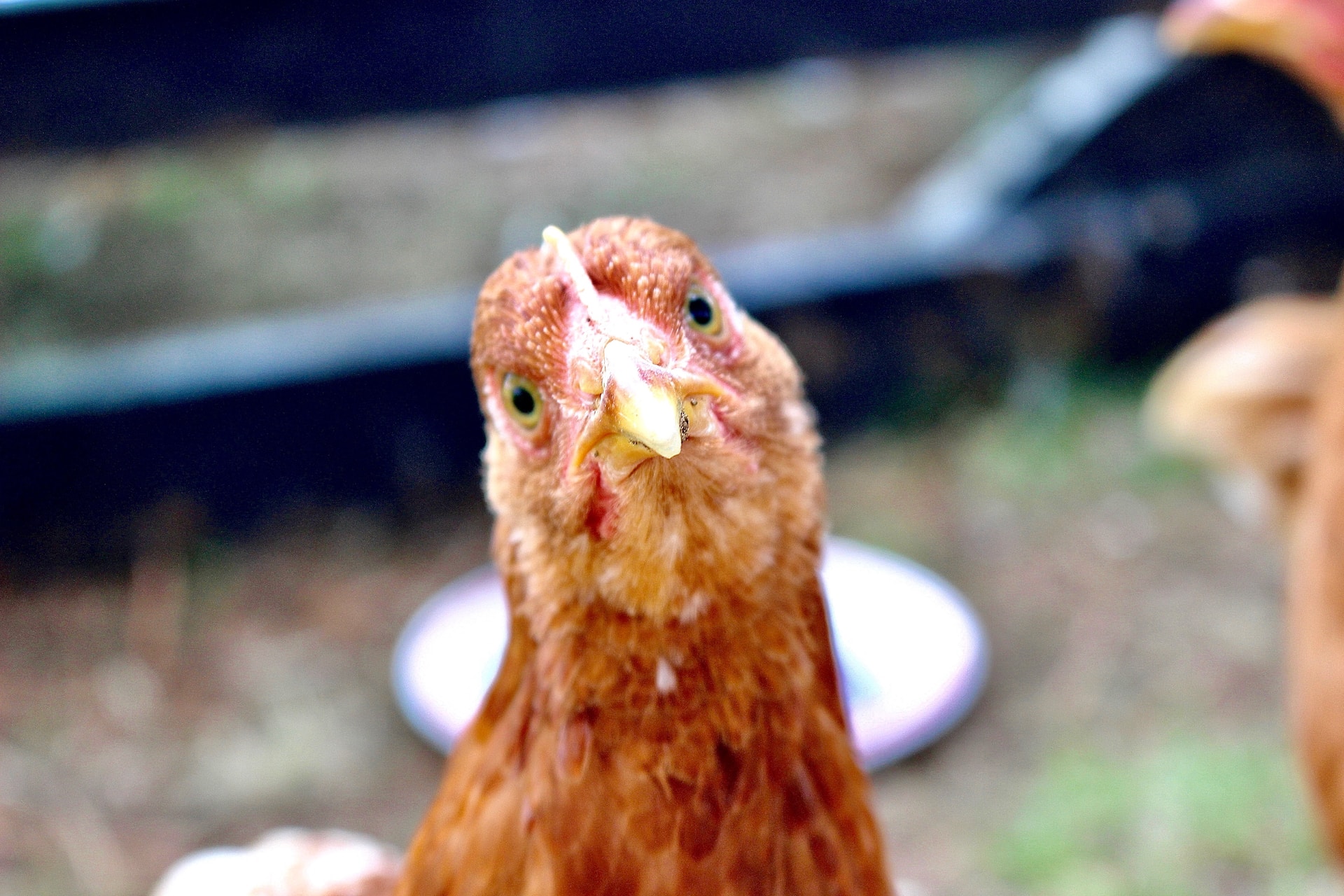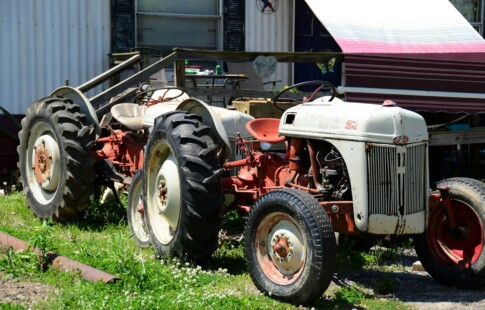
How to Compost Chicken Manure
We are reader-supported. When you buy through links on our site, we may earn affiliate commission.
The most common chicken products are their eggs and meat. However, have you ever thought about learning how to compost chicken manure? If you truly want to live producing as little waste as possible, knowing how to reuse what you would normally throw away is an excellent skill. Plus, you’ll get fertilizer and a way to clean out your coop that costs nothing more than a bit of work and patience.
However, don’t just go outside and toss the manure onto your plants. You’ll need to know a bit of critical information before using it. Here’s everything you need to know about staying safe and how to compost chicken manure.
What to Know Before Composting Chicken Droppings
Like anything you would compost, the manure needs to sit for a while before you can use it. The fresh droppings contain various viruses and bacteria that could make you or your family sick when they eat the vegetables that absorbed the manure. If you don’t cure the droppings with your other compost, you risk diseases like:
- Histoplasmosis
- E.coli
- Salmonellosis
- Bird flu
- Campylobacteriosis
The risks of these infections range from making you ill to becoming life threatening. It’s essential to use caution when preparing your chicken droppings for fertilizer.
Additionally, you must remember to use protective equipment when handling the manure. You’ll only get an infection like histoplasmosis if you breathe in the fungus in bird and bat droppings. You’re also at risk of the other illnesses if they enter your mouth. To avoid getting sick, always wear gloves and a mask when handling manure. Remember to wash your hands afterward and thoroughly clean any produce you use the compost on.
How to Compost Chicken Manure
Now that you know how to stay safe, it’s time to get into the process. Here’s a step-by-step guide on how to compost chicken manure.
- Gather All the Droppings
To get started, you’ll need to clean out your coop. It’s not good for chickens to sit with their manure for too long, so grab a dustpan or shovel and get cleaning. Whether or not you plan on composting, you’ll need these tools to keep your flock healthy. Don’t worry about any sawdust or hay that might be in with the droppings — it can all go in the compost pile.
- Prepare the Compost Pile
You don’t even need a bin to start composting. If you just want to use a corner of your lawn, as long as it’s at least 4 cubic feet, you’re good to go. This method is called cold or passive composting. However, if you’re going to add weeds or manure to your pile, you should do hot composting — the cold technique won’t get hot enough to kill the seeds and diseases.
To start a hot compost pile, you’ll need brown and green materials. Browns are the carbon-rich elements like brown cardboard, straw, leaves or wood chips. Shred these materials to make the decomposition process easier. The greens are the nitrogen-based components like chicken droppings, kitchen scraps, weeds or grass. Initially, you want two or three times more browns than greens.
Make your pile by alternating layers of brown and green matter, plus a bit of garden soil for healthy microbes. Start with the carbon-based materials and go from there until the stack is 2 or 3 feet high. Use a hose to wet the pile until it’s the texture of a damp — not soaking wet — sponge. Make holes in the sides so the good microorganisms can breathe and do their work.
- Maintain Your Compost
Though the pile is ready, your work isn’t done. Check the bin or pile’s core temperature after a week — it should be up around 110° to 140° Fahrenheit. If it’s not, add more greens or organic fertilizer.
Once the center cools down, start rotating the pile. Don’t worry about keeping the layers separate — they’ve served their purpose at this point. Move all the material in the middle to the outside so everything gets a chance to break down. After this point, whenever the compost hits its peak temperature — which can be up to 160° F — rotate the material. You can also keep adding more browns and greens as the pile cooks.
If the pile starts to reek, turn the contents more often to introduce more air. Additionally, the compost may need more dry brown material because it’s too wet. Overall, it should be damp and slightly sweet smelling, not sopping and rotten.
- Wait, Watch and Store Your Black Gold
It can take one to 12 months for the compost to cure, depending on the size and makeup of your pile. Just keep watering and turning until you notice a few key signs.
First of all, everything should have decomposed and you shouldn’t be able to distinguish any of the original components. It should also be much like dirt — crumbly, brown and smells like earth. Two of the most notable signs will be that the pile might have shrunk up to one-half its original size and won’t generate much heat. That’s how you know the microorganisms have digested everything, including the chicken manure.
Once the compost is ready, moving it into a bag or another bin is a good idea. Then, you can get another pile started while you move on to using your black gold.
How to Use Your Chicken-Manure Compost
Now that your nutrient-rich compost is ready, you can start using it in your garden. If your soil is sandy, adding compost is a great way to add nutrients and boost its water-retaining capabilities. Chicken manure is great for your plants because it’s rich in nitrogen, calcium, phosphorous and calcium. However, that high level of nitrogen can burn your plants at the roots, so get a soil test to make sure you won’t accidentally do any damage.
Additionally, there’s such a thing as too much of a good thing. Aim for a mixture of 75% soil and 25% compost, mixing 1–2 inches of compost with 6–8 inches of your garden bed’s dirt. Feel free to use your compost in a raised bed or in-ground garden.
Improve Your Soil by Learning How to Compost Chicken Manure
Using up your chicken’s droppings in a compost bin or pile is an excellent way to get the most use out of potential waste. If you ever wanted to start a low-waste lifestyle, now’s the time. Use these tips on how to compost chicken manure to help your garden and the Earth thrive.
Share on
Like what you read? Join other Environment.co readers!
Get the latest updates on our planet by subscribing to the Environment.co newsletter!
About the author
Steve Russell
Steve is the Managing Editor of Environment.co and regularly contributes articles related to wildlife, biodiversity, and recycling. His passions include wildlife photography and bird watching.





